Another important discovery which proves the role (rule) of Early Pandya kings in Indus Valley civilization !!
Recent findings in Mariyapuram and Uthirakosamangai in Ramanathapuram district of Tamil Nadu are revealing another strong connection between Indus Valley civilization and ancient Tamizhakam. A government school teacher K Muniasamy, has discovered remnants of pottery near villages in Uthirakosamangai (Tamil nadu) with inscriptions similar to those excavated from the Indus Valley civilization region.
The teacher along with his students Aruldoss and Vishal have discovered several sherds of pottery near a tank in Mariyapuram’s excavation site and 20 of these potsherds contained ancient inscriptions. The red and black potsherds have some symbols engraved on it which is similar to those used by the Indus Valley people to depict numbers.
Potsherds with inscriptions similar to the Indus Valley scripts have been discovered in Uthirakosamangai in Ramanathapuram.
Over the years, they had identified interesting artefacts including a microlithic tool, rouletted ware, black and red potsherds, iron ore, iron slag, hopscotches, terracotta stands, perforated potsherds, a spout of a terracotta kettle, lids, and even a broken piece of deer horn. This archaeological mound is spread over about 20 acres.
Out of the 20 potsherds, 15 are black and red potsherds and five are red potsherds having signs similar to the numbers ‘125’, ‘137’, ‘365’ of the Indus Valley inscriptions.
The number ‘125’ also looked like the letter ‘tha’ in Tamil Brahmi script, t
he number ‘365’ looked like a trident with a spot and
‘137’ looked like a multiplication symbol.
A similar script was also found in Keeladi where the seventh phase of excavation is in underway.
Where is this Keeladi and Uthirakosamangai ? How it is related to Pandya Kings of sangam age ?
Keeladi is situated near Madurai, it is a famous archeological place which is unearthing several evidences for Vaigai civilization of ancient tamizhakam. Madurai was the capital of Pandya kings during third tamizh sangam, which is several thousand years before around 2000 BCE.
Uthirakosamangai is a tiny hamlet known for the oldest temple of Lord Shiva, who is also called as Mangalanatha Swamy. It is one of the pre historic place in Ramanathapuram district, tamil nadu. This land is the most ancient place such that scholars refer this place using an idiom that 'Whether the land comes first or mangai (Goddess Parvati) comes first ?'. In tamizh, the idiom is, 'Mann mundhiyo, mangai mundhiyo '.
Both the places Uthirakosamangai and Keeladi were once ruled Pandya kings, where Madurai was served as a place for Tamizh sangam and Uthirakosamangai served as religious place.
Uthirakosamangai is the place where Siva transferred the secrets of Vedas to Parvati.
Uthiram - means upadesam / teaching,
kosam - means secrets,
mangai - means girl, here it refers to Goddess Parvati.
Hence this place is known as Uthira Kosa Mangai. This Shiva temple was built by Pandya kings and it is one their important religious places during sangam era.
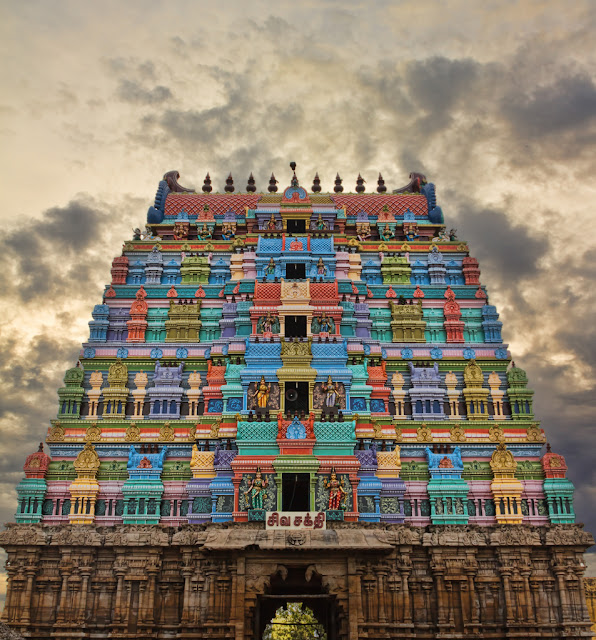 |
| Uthirakosamangai temple |
One of the important property of Emerald is, it is susceptible to chipping and cracking. So, how did the ancient tamizh people had carved Lord Natarajar statue out of it without a single crack ? What was the technology used to carve during that time?
In temple, usually there will be a vibration of bell sounds and drums sound, so this idol will be always covered with sandalwood paste for the protection. On special days such as, during Mahashivratri the paste from the Natarajar idol will be removed, priests will perform Abhishekam rituals for the idol and the original green colour emerald Natarajar will be shown to the people.
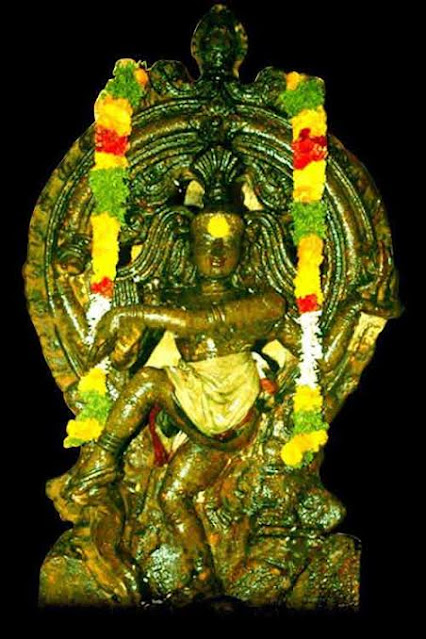 |
| Emerald Natarajar |
Why Emerald Natarajar ???
Because, emerald has a property to enhance intuitions. The soft and calming colour of emerald will allow one to relax and it is a medium to know the truth about Lord Natarajar.
To know more about Lord Natarajar and significance of his cosmic dance, reach out to
The Mangalanathaswamy Temple at Thiru Uthirakosamangai is considered the Kasi of the south. The ‘sthala virutcham’ (temple tree) in the temple is about 3,300 years old and this was proved in a research conducted by the State government. This proves that this place and temple us atleast 3500 years old, but actually it belongs to much earlier time i.e during second tamizh sangam period.
Coming back to the topic, the entire tamizhakam was once ruled by Pandya kings, tamizh was spoken by all the people of Bharat, Pandyas had explored many places in the World. Sindhu river and its civilization is one of them. In my previous posts of Kumari kandam, have explained about Indus valley civilization by culture, by language, by places and given many references such as meaning of 'Harappa', decoded seals, usage of fish and bull symbols, unique boats etc which proves that Pre Indus valley Civilization and Indus valley Civilization was survived by early Pandya Kings and tamizh people.
Reach out the post below, for more information about the Pre Indus Valley civilization and Pandya Kings.
Thamizhakam, especially southern regions were called as 'Then pandi nadu', meaning Southern Pandya's state. Uthirakosamangai was one of the religious center of Pandya kings, which is very near to their ancient important trading port 'Kabadapuram' / 'Korkai', which was flourished during the period of second tamizh sangam. It was famous for rich pearls and the king was called as 'Kapada Pandya' !
Scholars have deciphered some of the Indus valley seals. One such seal had mentioned about kings name as 'Koodal Mannan' , ' Ko'. In tamizh, Madurai is called as 'koodal Nagaram' and the Pandya king who ruled Madurai is also known as koodal Mannan.
Koodal - means union / confluence of rivers , Mannan - means king. There is also a place called 'Kudal' in Pakistan, which is near Indus river. Hence, as I have mentioned in my previous posts, it's again and again proving that Indus valley region was ruled by tamizh Pandya kings !!
Findings of ancient potsherd in Uthirakosamangai, historic Lord Shiva temple built by Pandya Kings, the major trading port near by, the rule of Pandya kings of Sangam era and the similar symbols of Indus Valley inscriptions in tamil nadu are the connecting dots. It is proved that ancient tamizhakam and Indus Valley civilization was once ruled by early Pandya Kings. Also, tamizh people have migrated from south to north and north western corridors, but not vice versa...
Tamizh people were not descendants of Indus valley people. Truth is, Indus valley people were the descendants of tamizh people !! Tamizh civilization had spread across the world with prosperity and cultural enrichment !!
- Aarthi Thiyagarajan



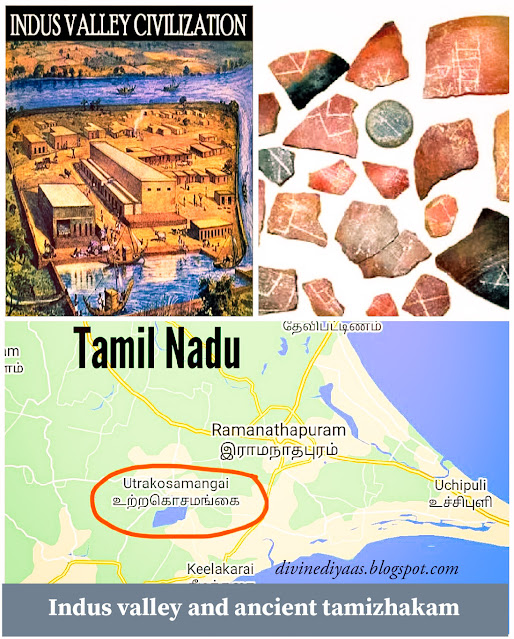


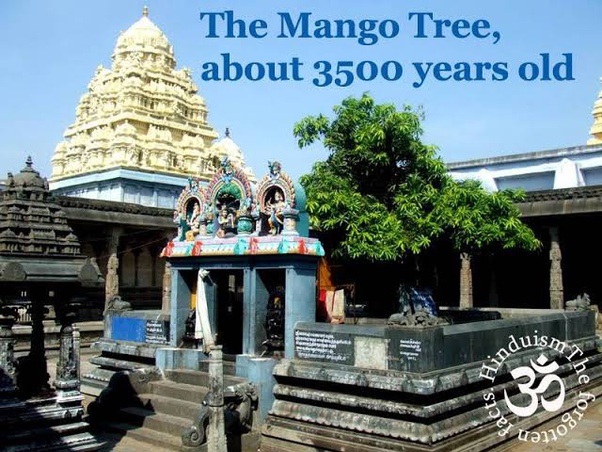
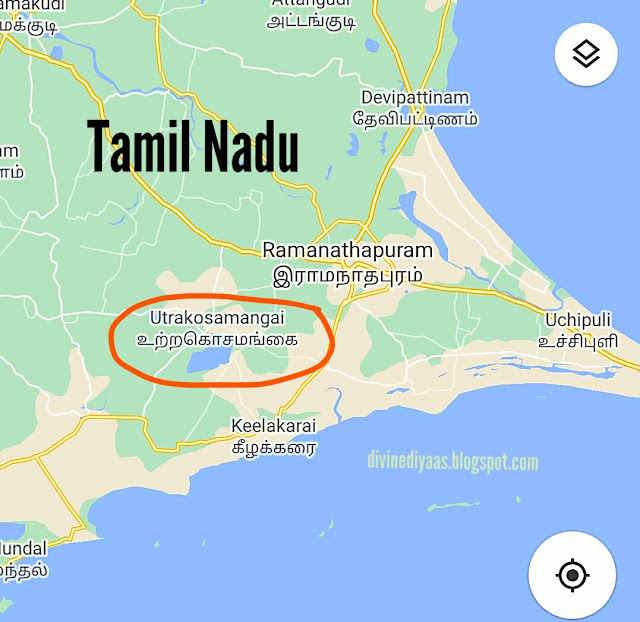
No comments:
Post a Comment